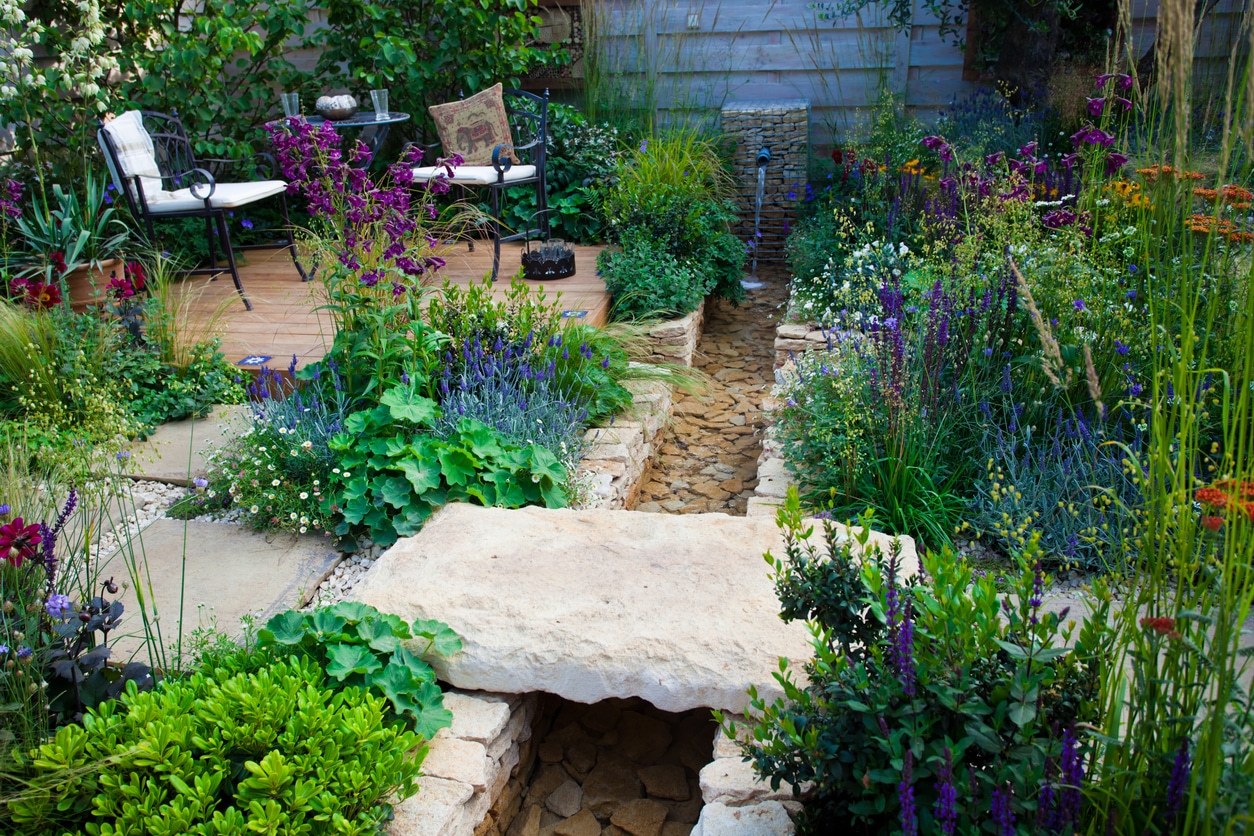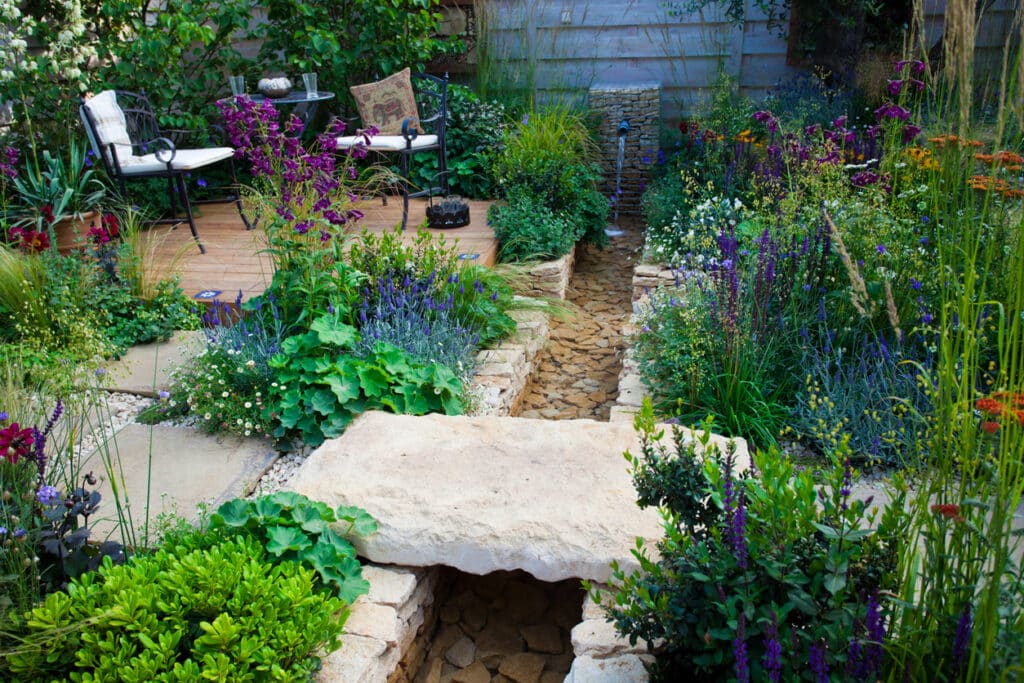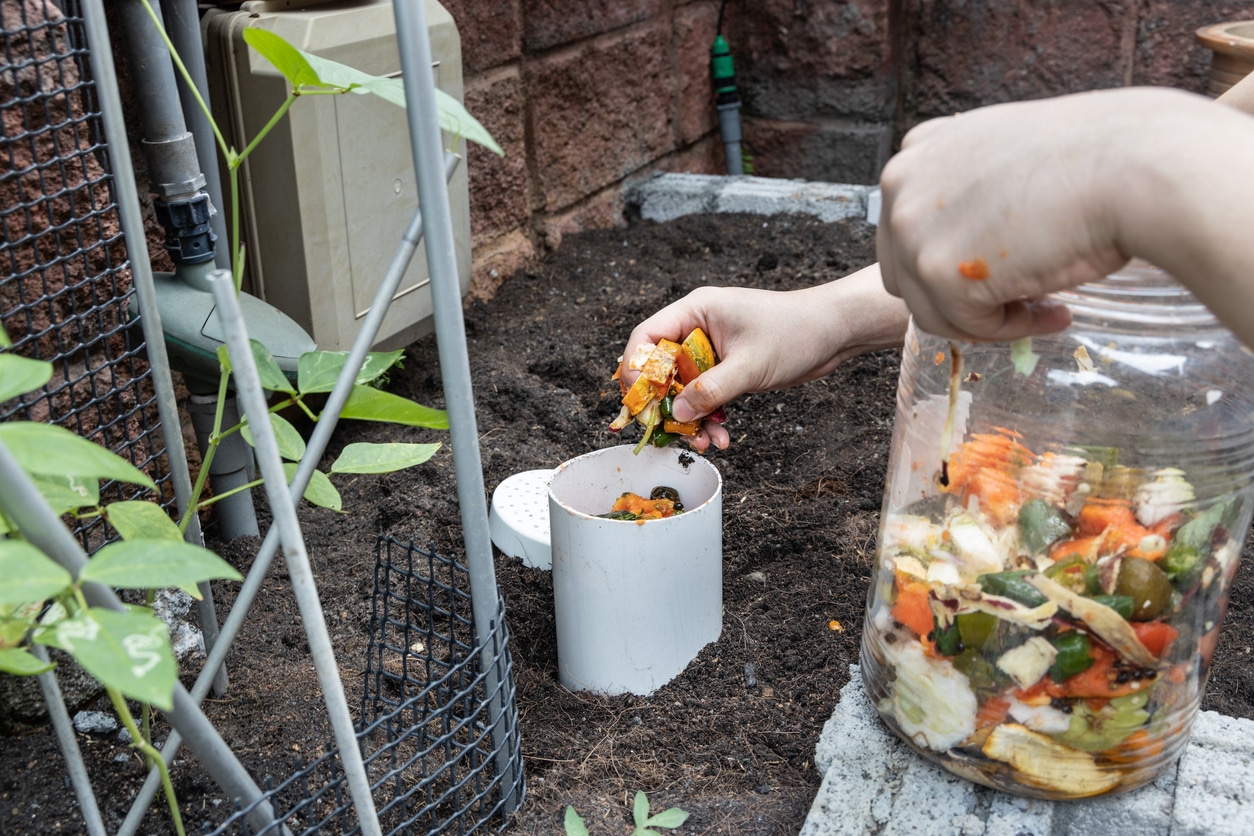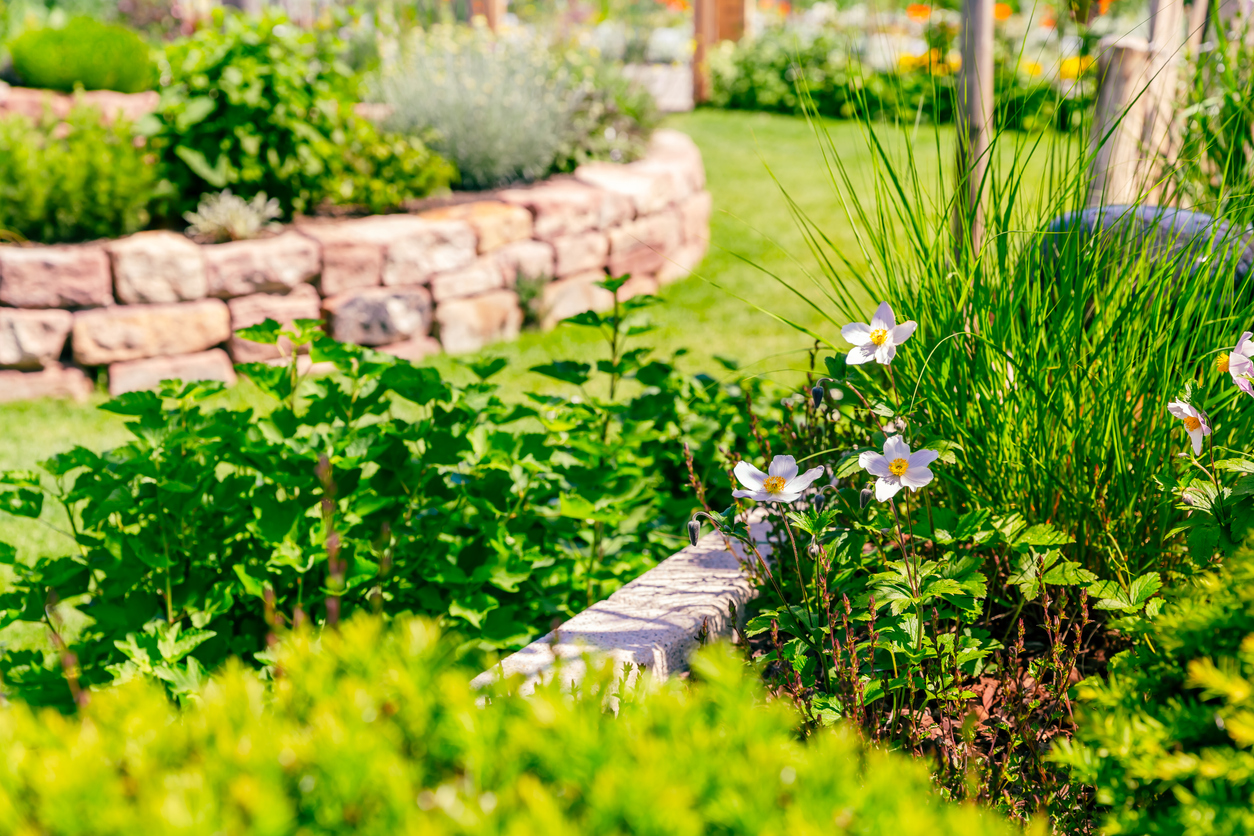
The Soundscape Garden: Using Landscaping to Mitigate Noise Pollution and Enhance Well-Being
Noise has quietly become one of the most disruptive forms of modern pollution. Whether it’s highway hum, loud neighbors or construction clatter, the constant barrage of sound impacts urban well-being more than many realize. For the growing number of Americans working remotely, the importance of quiet, restorative spaces at home has only intensified.
This is where soundscaping comes in. It’s not just about beauty — it’s about building green barriers to shield your space from unwanted auditory intrusions. You can turn your world into a calming, sound-buffering retreat using plants, structures and thoughtful design.
Why Reducing Outdoor Disturbance Matters
Research links chronic noise exposure to increased stress levels, sleep disruption, cardiovascular issues and impaired cognitive function. Even moderate sounds — think traffic or leaf blowers — can reduce focus, which is especially frustrating when your home is also your office. With some 36.2 million Americans expected to work remotely by the end of 2025, a noise-free environment is important for productivity and health.
Traditional soundproofing focuses on insulation and double-glazed windows, but outdoor areas often get overlooked. A soundscape garden adds an organic buffer to complement indoor noise solutions, and it offers a sustainable alternative that doubles as a natural habitat and aesthetic upgrade.
Add screens, trees and other softscaping elements to buffer against intrusive elements and improve the urban atmosphere around your home. Plants absorb carbon dioxide and other emissions while increasing oxygen levels. The country may lose 8.3% of the urban tree canopy by 2060, so every tree and shrub helps maintain a healthy bio-filter.
Soundscaping 101: How Nature Helps Block Noise
Gardens absorb, deflect and mask noise pollution in several ways. These effective methods can reduce it through smart, sustainable designs.
- Absorption: Soft materials like soil, mulch and dense foliage trap and dissipate sound.
- Diffusion: Uneven surfaces and textured plants scatter sound waves, reducing their intensity.
- Masking: Natural stimuli from wind rustling through leaves or bubbling water features can camouflage intrusive noises.
8 Soundscaping Ideas That Actually Work
A single soundproofing strategy may not be enough on its own. You may need several combinations to effectively mask or eliminate noise pollution. These top DIY softscaping and hardscaping ideas are a great place to start.
1. Layer Planting Designs
Build plant-based sound barriers using layers. Dense evergreen species like arborvitae, juniper or bamboo can block intrusive stimuli year-round. Choose native plants when possible. These have lower maintenance needs and support local ecosystems. Consider using tall trees and hedges to create a first line of defense — fast-growing sound barrier trees include cypress and bamboo. Shrubs and perennials can fill out the middle layer for thickness. Use ground covers to reduce the echoes from bouncing sound off hard surfaces like pavers. Climbers, like ivy, can decrease the reverberation from nearby buildings.
2. Cultivate a Living Trellis Wall
An aluminum trellis with climbing plants is a budget-friendly and durable option, and it works wonders. The material is rust-proof and lightweight. A trellis is easy to install and built to last. This low-maintenance option does not require painting or sealing. While the trellis alone is not noise-absorbent, it’s an ideal support for vining climbers like ivy, clematis or jasmine to soften sounds and add vertical greenery. This setup is suited to tight spaces or patios where you can’t plant large trees, but still want effective auditory control.
3. Use Earthen Mounds and Berms
Sculpted mounds of soil planted with grass or shrubs help block ground-level sound intrusions and noise pollution. They’re particularly useful near roads or walkways, where they can reduce noise by at least 5 decibels, if level with the road traffic. These are standard ways to reduce highway noise in backyards. Berms offer the bonus of improving drainage and reducing runoff in rain-heavy climates, aligning with eco-friendly landscaping goals. Installing terracotta tiles or screen walls can further displace echoes and deflect excess rain.
4. Create Water Features
A small fountain or waterfall doesn’t block sound — it masks it. With a consistent, loud enough trickle of water, you can drown out inconsistent, high-frequency urban irritations. By blending with exterior interruptions, the water sounds help calm anxiety and stress responses, making water features an effective noise reduction landscaping choice. Solar-powered fountains are a sustainable option requiring no wiring or added energy costs.
5. Introduce Dense Hedging and Sound-Hardy Species
Choose plants with thick, waxy or textured leaves for better sound absorption. Place these near the source of the noise pollution for maximum benefit. Remember, the thicker and denser the hedge, the more effective it is at dulling sound. The best species to use include viburnum, boxwood, holly and photinia. Viburnum is a fast-growing option with typical growth of 1 to 2 feet per year. With regular pruning, it will soon thicken.
6. Build Pergolas and Arbors With Vines
Sun shades protect you and your home from overexposure to the sun, and with added insulation, these coverings can reduce sound pollution. Pergolas and arbors with vines are architectural elements that can be both functional and beautiful. Add natural materials, like reed panels or canvas, to increase sound-dampening properties on the side of the roof. Once enclosed, these structures act as vertical diffusers, provide shade, define outdoor rooms and support fast-growing vines, like wisteria or grapevine.
7. Softscape Over Hardscape
It gets annoying when family members walk on gravel paths while you are trying to focus on work. Hard surfaces reflect sound, so prioritize soft materials, like mulch or bark over gravel. Cultivate lawns or moss paths instead of laying down paving. Choose fabric or canvas furnishings over metal or plastic. And if you need stone or concrete for durability, offset the noise production with raised planters or seating with cushions and upholstery, which absorb reverberations.
8. Set up Acoustic Fencing and Panels
Consider an acoustic fence if you’re dealing with serious noise, such as a nearby freeway. For a sustainable option, bamboo fences lined with greenery offer moderate reduction with a smaller environmental footprint. You can also consider wood fences lined with mass-loaded vinyl, which can block sound more effectively than standard wood, turning the fence into an acoustic curtain wall.
Improve the sound absorption of your existing walls by planting greenery, which can absorb a moderate amount.
Practical Tips to Enhance Your Outdoor Area’s Acoustic Performance
Review this checklist for creating a noise-canceling profile in your yard.
You can:
- Close the gaps: Any holes between hedges or fence panels let noise in. Keep barriers continuous.
- Choose porous materials: Absorbent surfaces perform better than flat, reflective ones.
- Maximize surface area: Curved paths, staggered walls and layered beds help scatter sound.
- Think vertically: Auditory echoes travel in all directions. Add height with trees, pergolas or climbing plants to intercept upward and sideways sound waves.
- Create a canopy: Block out overhead intrusions with large, leafy trees.
How to Reduce Outside Noise
A soundscape garden is a smart response to one of the most overlooked modern stressors — noise pollution. Whether working from home, entertaining outdoors or enjoying your coffee in peace, a thoughtfully designed yard can make all the difference.
You don’t need to overhaul your entire property to get started. Begin with a rust-proof trellis and climbing vine, then add layers of green and gentle water features. Over time, you’ll build a more peaceful private sanctuary that works with, not against, the environment.




Nicole
While designing your soundscape garden, choose plants that naturally repel pests to double the benefits of your green haven. For instance, include lavender, rosemary, or marigolds—not only do they add pleasant scents and colorful blooms, but they also deter mosquitoes, aphids, and other unwelcome insects.